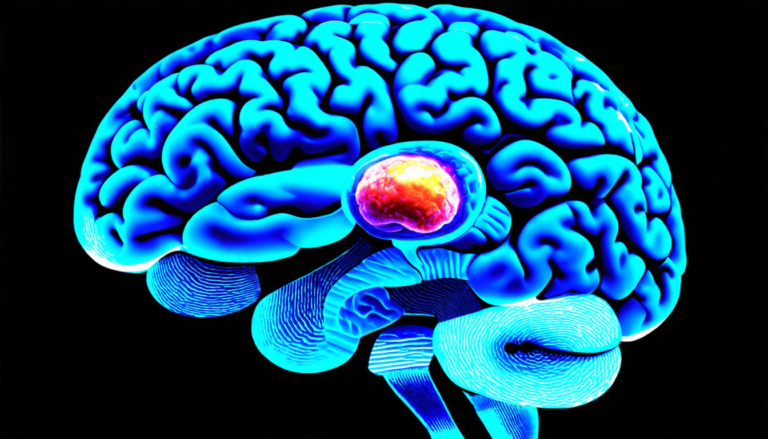Saturday 19 April 2025
The quest for efficient video retrieval has long been a challenge in the world of computer science. With the exponential growth of video data, traditional methods have struggled to keep pace, often resulting in slow and inaccurate search results. But now, researchers have made significant strides towards solving this problem with a novel approach called AutoSSVH.
At its core, AutoSSVH is an innovative self-supervised video hashing framework that leverages adversarial strategies for automated frame sampling. By harnessing the power of generative models, AutoSSVH can efficiently learn to capture rich semantic information and preserve the integrity of the generated hash codes.
One of the key innovations behind AutoSSVH lies in its component voting mechanism. This approach allows the framework to automatically identify and select challenging frames with richer information for reconstruction, enhancing the encoding capability of the model. Additionally, a point-to-set (P2Set) hash-based contrastive objective is introduced, which helps capture complex inter-video semantic relationships in the Hamming space.
To test the efficacy of AutoSSVH, researchers conducted extensive experiments on four widely adopted benchmark datasets. Results showed that AutoSSVH outperformed existing state-of-the-art methods, achieving both rapid and accurate video retrieval. Moreover, the framework demonstrated impressive efficiency gains, with a significant reduction in computational resources required for hashing.
The implications of this breakthrough are far-reaching. For instance, in applications such as digital forensics and video surveillance systems, AutoSSVH could enable faster and more reliable identification of specific videos based on visual content. Furthermore, the framework’s ability to learn from unlabeled data means it can be adapted to a wide range of domains and use cases.
While there is still much work to be done in refining AutoSSVH, this achievement represents a significant step forward in the pursuit of efficient video retrieval. As researchers continue to push the boundaries of what is possible with deep learning, we can expect even more innovative solutions to emerge that will further transform our ability to navigate and make sense of the vast amounts of video data now at our fingertips.
As AutoSSVH makes its way into the hands of developers and researchers around the world, it will be exciting to see how this technology is applied in practice.
Cite this article: “Adversarial Video Hashing: A Novel Framework for Efficient and Effective Self-Supervised Learning”, The Science Archive, 2025.
Video Retrieval, Autossvh, Self-Supervised Video Hashing, Adversarial Strategies, Generative Models, Frame Sampling, Point-To-Set Hash-Based Contrastive Objective, Digital Forensics, Video Surveillance Systems, Deep Learning







